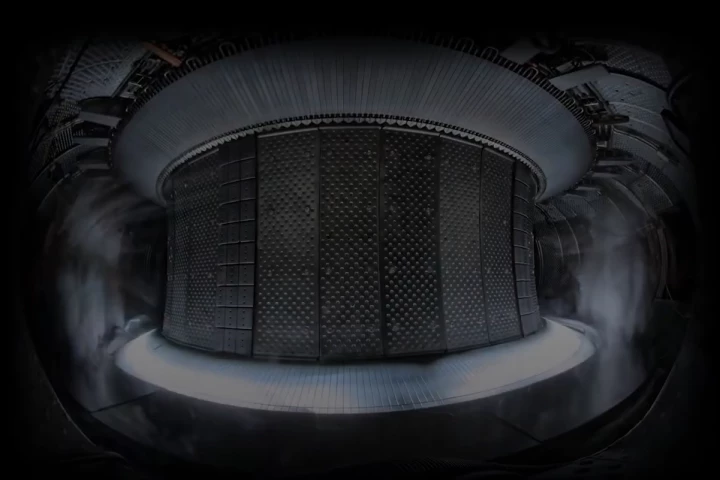When we think of robots, we tend to think of clean, antiseptic automatons that don't suffer from yucky things like halitosis, flatulence or body odor ... unlike us humans. According to London designer Kevin Grennan, however, this difference alienates us from robots, and will keep us from ever fully accepting them as anything other than machines. His solution? Robots that secret human odors, in situations in which people would secrete those odors. While some of his odor-secreting devices are purely conceptual, he has produced a working model of at least one - a sweating robotic armpit.
Grennan was inspired to built the armpit by a research visit he made to the University of Hertfordshire, where he saw various half-finished robots made from re-appropriated everyday objects.
He envisions such synthetic sweat glands (not necessarily in an armpit format) being installed on at least three different types of industrial robots. On a bomb-disposal robot, it would release "the smell of human fear," which he says has been shown to enhance peoples' cognitive performance.

Installed on a picker robot, it would release androstadienone, a chemical found in male sweat. Androstadienone reportedly affects women's moods, so if it were dispersed on an assembly line, he believes that it could increase the productivity of female workers in the immediate vicinity.

On a surgical robot, the sweat gland would produce a mist of oxytocin, a chemical that is found in the human brain. When inhaled nasally, it is said to cause people to become more trusting. If a patient were to "meet" the robot prior to surgery, and get a whiff of its oxytocin, they might therefore feel better about the operation.

The armpit is currently on display as part of the Design Interactions graduate show, at London's Royal College of Art. Grennan is currently in the process of obtaining a Masters of Art from the institution.
It's hard to say exactly how much the sweat gland technology is intended for real-world use, and how much it's an artistic statement. "Each [robot] uses a specific property of human subconscious behavior in response to a chemical stimulus," Grennan stated. "The contrast between the physical anti-anthropomorphic nature of the machines and the olfactory anthropomorphism highlights the absurd nature of the trickery at play in all anthropomorphism."
Source: IEEE Spectrum




